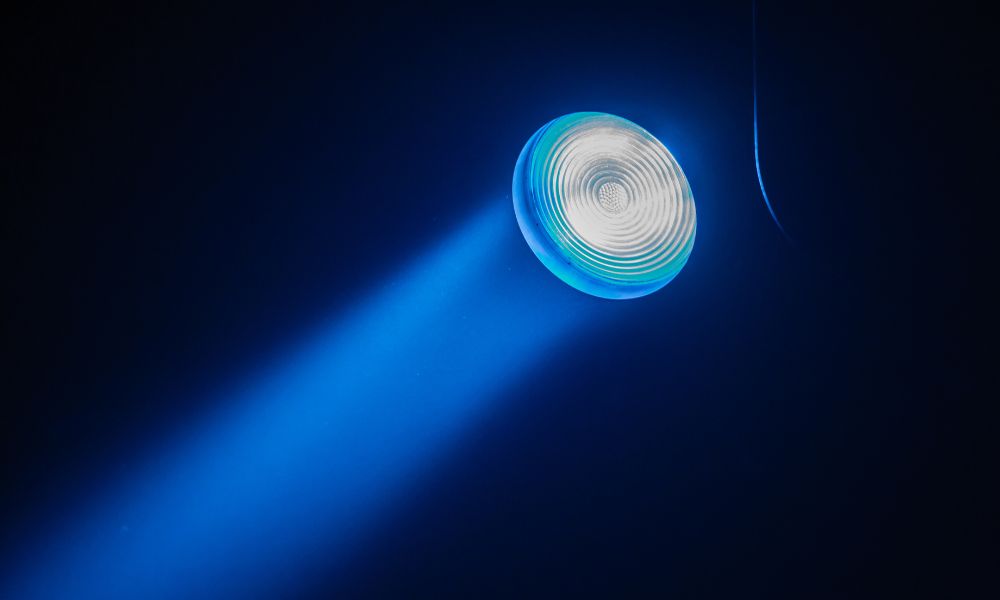 DMX lighting is a prevalent professional lighting solution that allows you optimal control over multiple lights at once, assisting with both large and small sets. Natural light can look stunning on camera, but DMX lighting systems make it easier to bring professional production lights outside. Thus, you will enhance your production’s tone, setting the mood on set and on camera. Remember these DMX lighting tips for outdoor lighting setups to ensure you’re ready for the next shoot.
DMX lighting is a prevalent professional lighting solution that allows you optimal control over multiple lights at once, assisting with both large and small sets. Natural light can look stunning on camera, but DMX lighting systems make it easier to bring professional production lights outside. Thus, you will enhance your production’s tone, setting the mood on set and on camera. Remember these DMX lighting tips for outdoor lighting setups to ensure you’re ready for the next shoot.
Technical Rehearsals
One of the primary advantages of a DMX lighting system is the large swath of lights you can use with them. Thus, having a technical rehearsal to focus on the lighting will show you whether your setup can accommodate what you’re filming outdoors.
Beyond seeing whether you have optimal coverage, this rehearsal also gives you the opportunity to explore aspects of the outdoor filming environment you can make stand out on camera. If you can’t run a full rehearsal, then try taking time to visit the outdoor set to take photos, make measurements, or complete any preparation steps you need to bring the proper hardware to the set. You can also analyze the available natural light on the set outside and how that may interfere with your DMX setup.
Natural Props
One of the most straightforward but helpful DMX lighting tips for outdoor setups is that you can use your surroundings to your advantage. Exploring the outdoor set before the shoot helps with packing enough gear, but it also helps in choosing precisely which types of lights to bring.
Outdoor shoots mean nature is present in nearly every shot unless you’re building a set or using some other technical trick to remove those elements on camera. However, if you want to use those natural elements in your shots, then tailor your lighting style to blend with them or contrast; either way, you will be able to capture a very deliberate and creative shot by choosing colors carefully.
On-Site Troubleshooting
When you’re away from the studio, it’s not always easy to run back if you need to replace a bulb, cable, etc. Since, like any lighting system, DMX lights are susceptible to technical difficulties, anyone overseeing the DMX gear should be educated enough in that specific system to troubleshoot issues on-site.
From interference to loose cables, various technical issues can strike, so being privy to the various solutions helps to keep your production efficient. For instance, Ikan has various options for professional DMX lighting to suit different production needs, so learning how yours functions inside and out is invaluable. Suffice it to say that running into lighting issues is quite noticeable on camera. Even reading through the user’s manual is a helpful step toward understanding how your DMX lights work, ensuring you can act quickly when technical difficulties happen on set.
